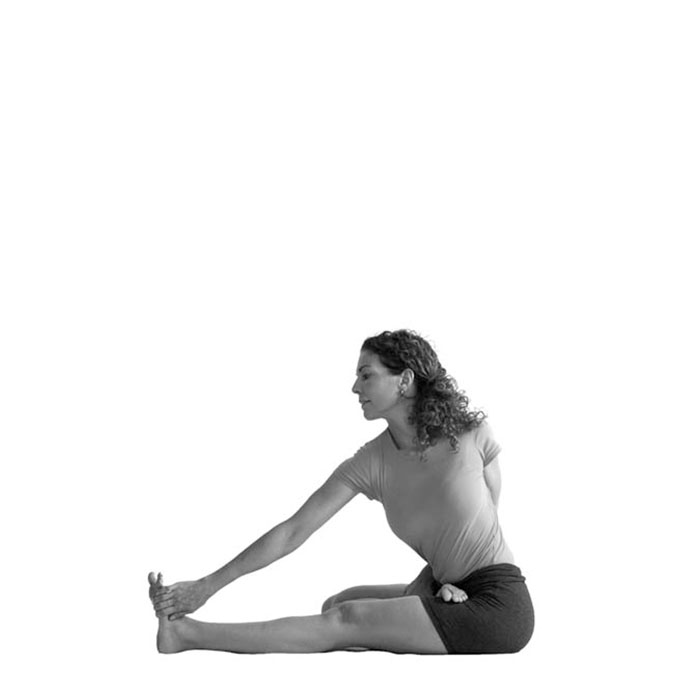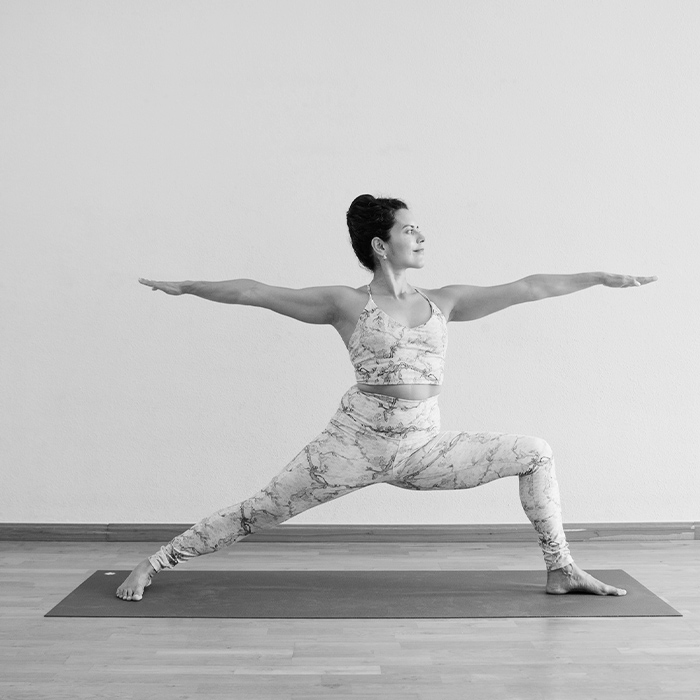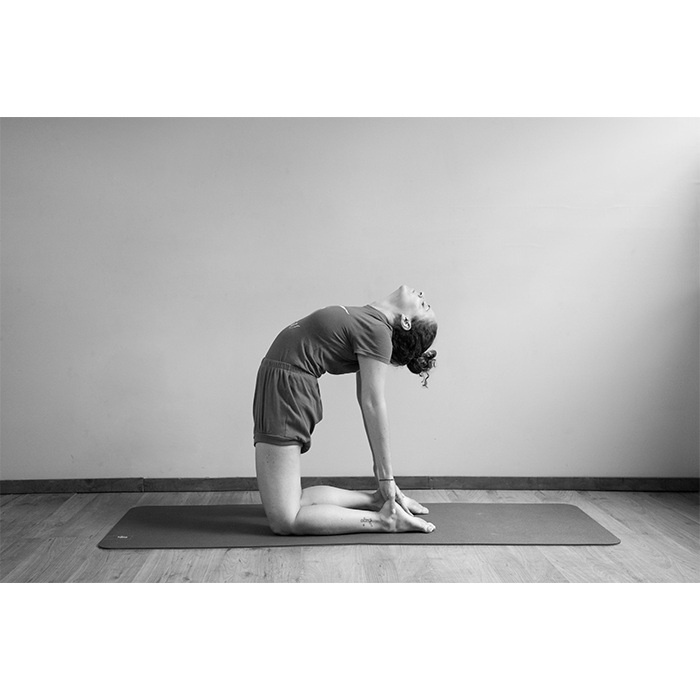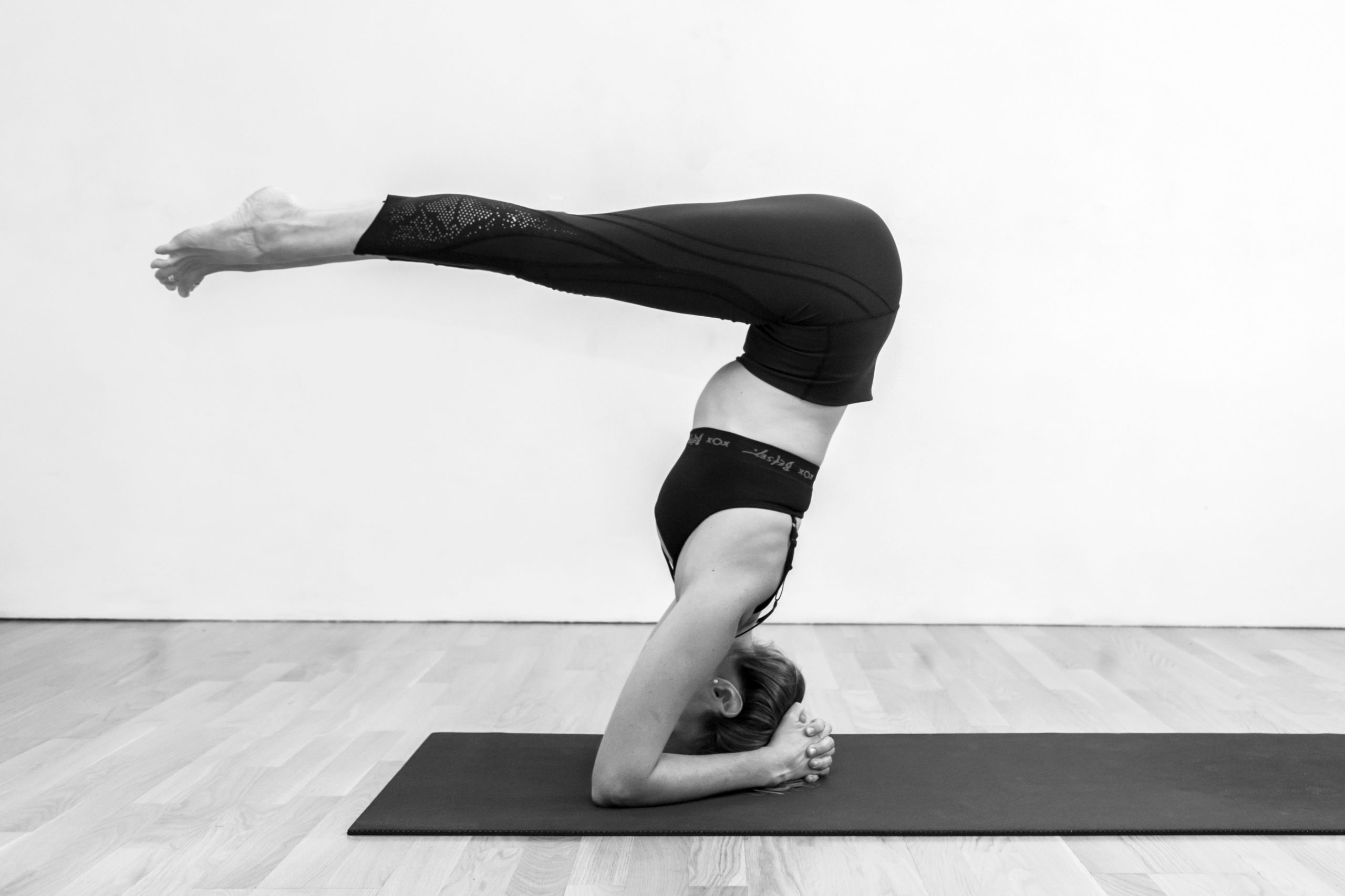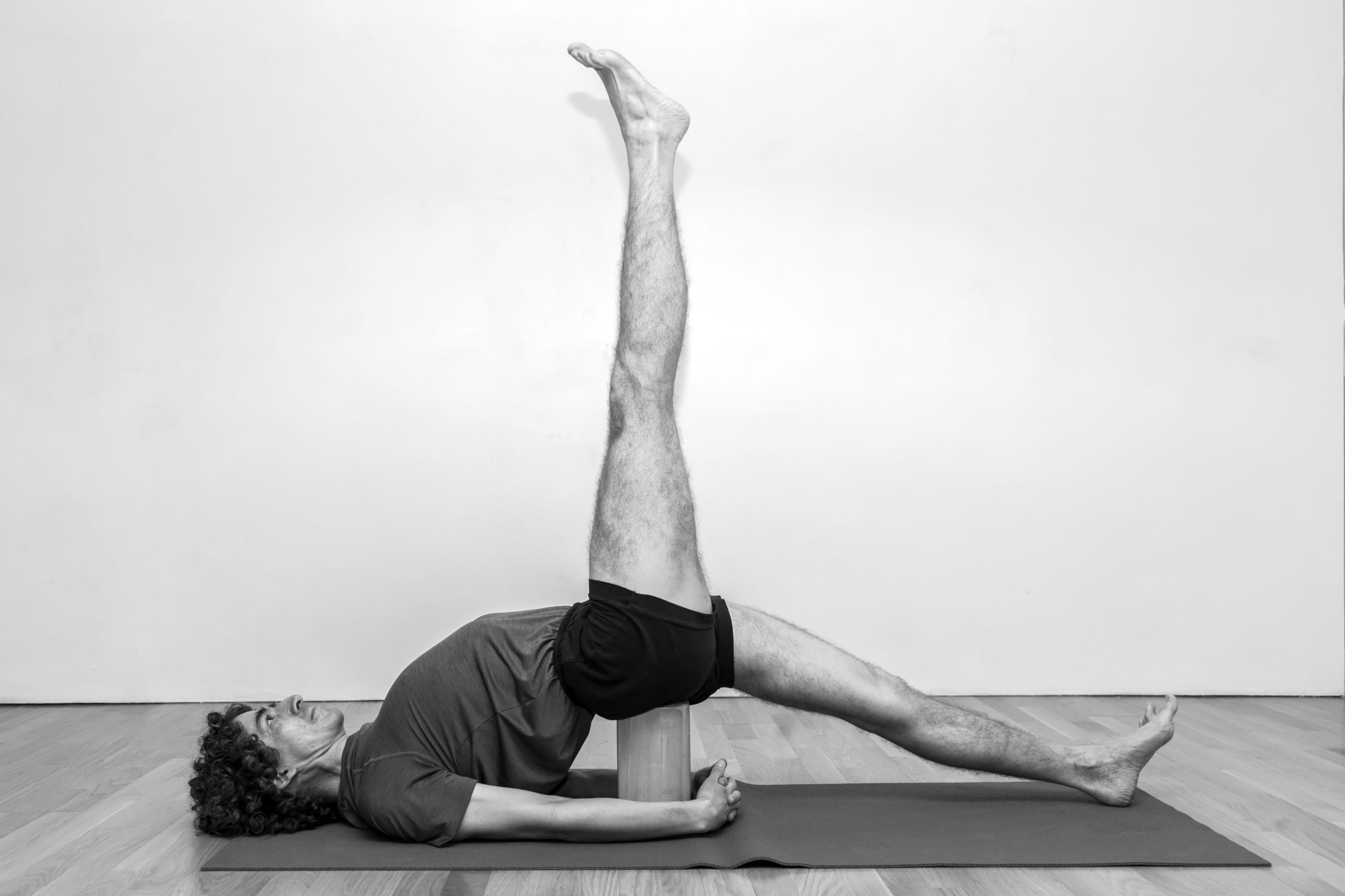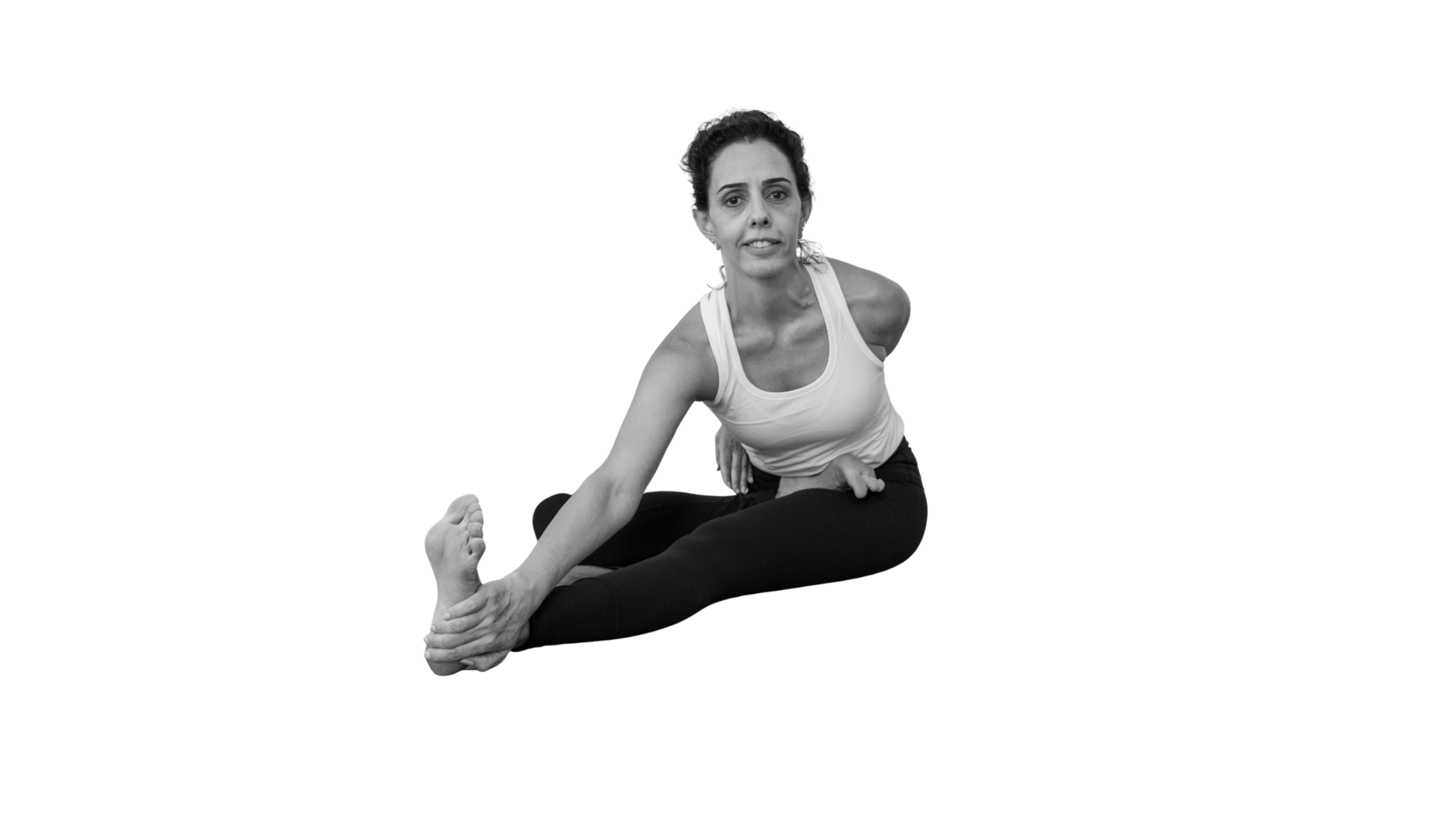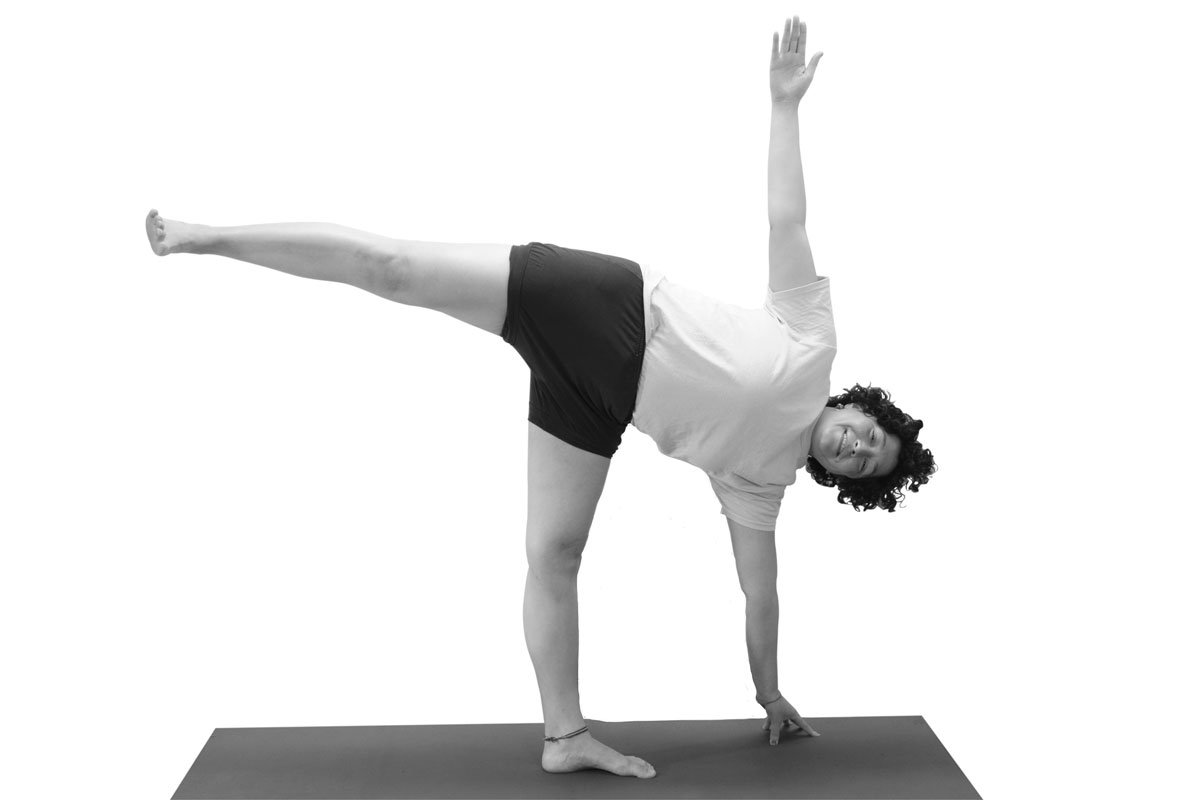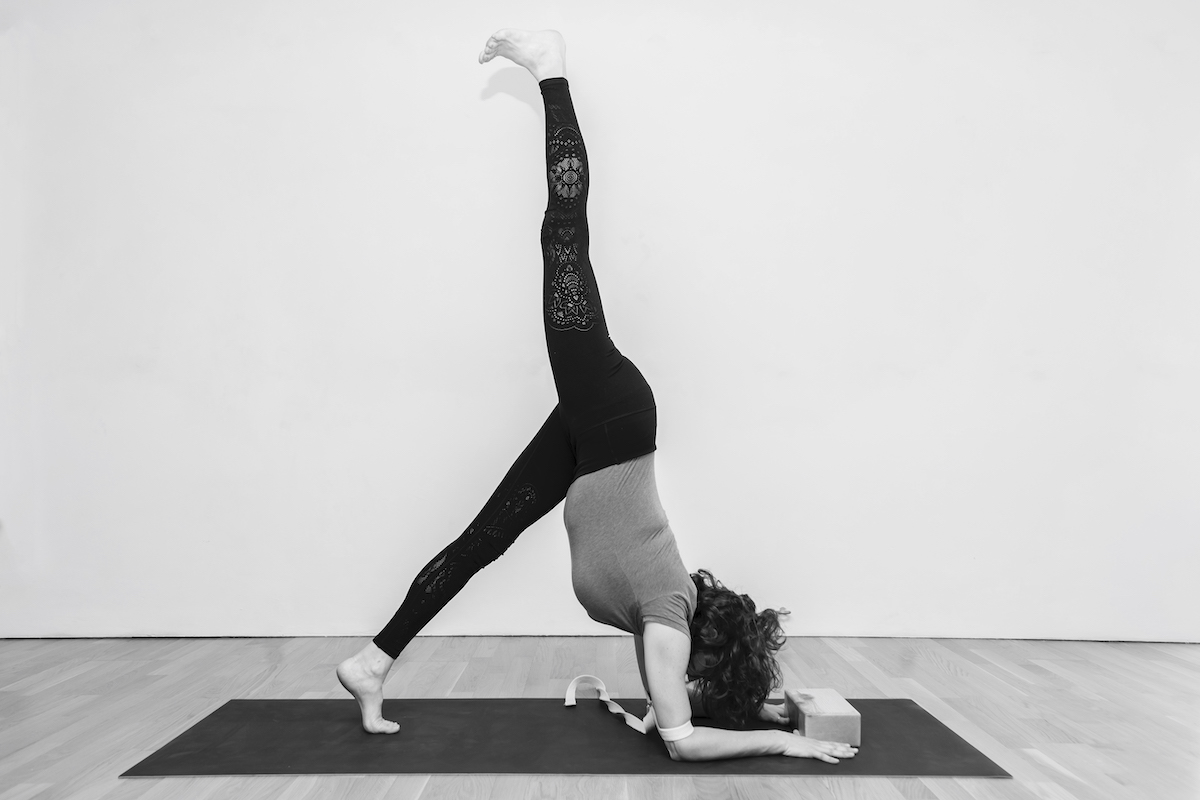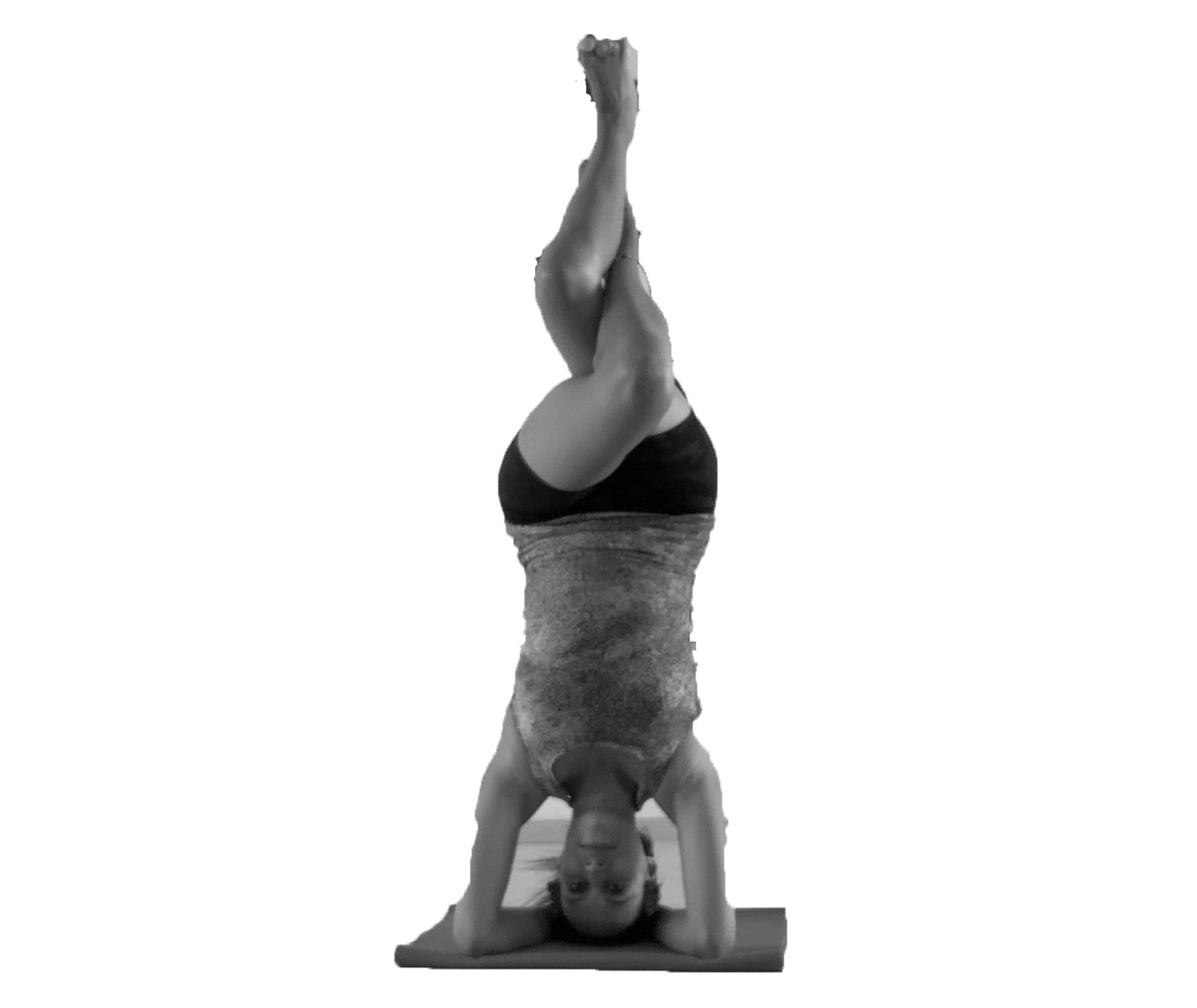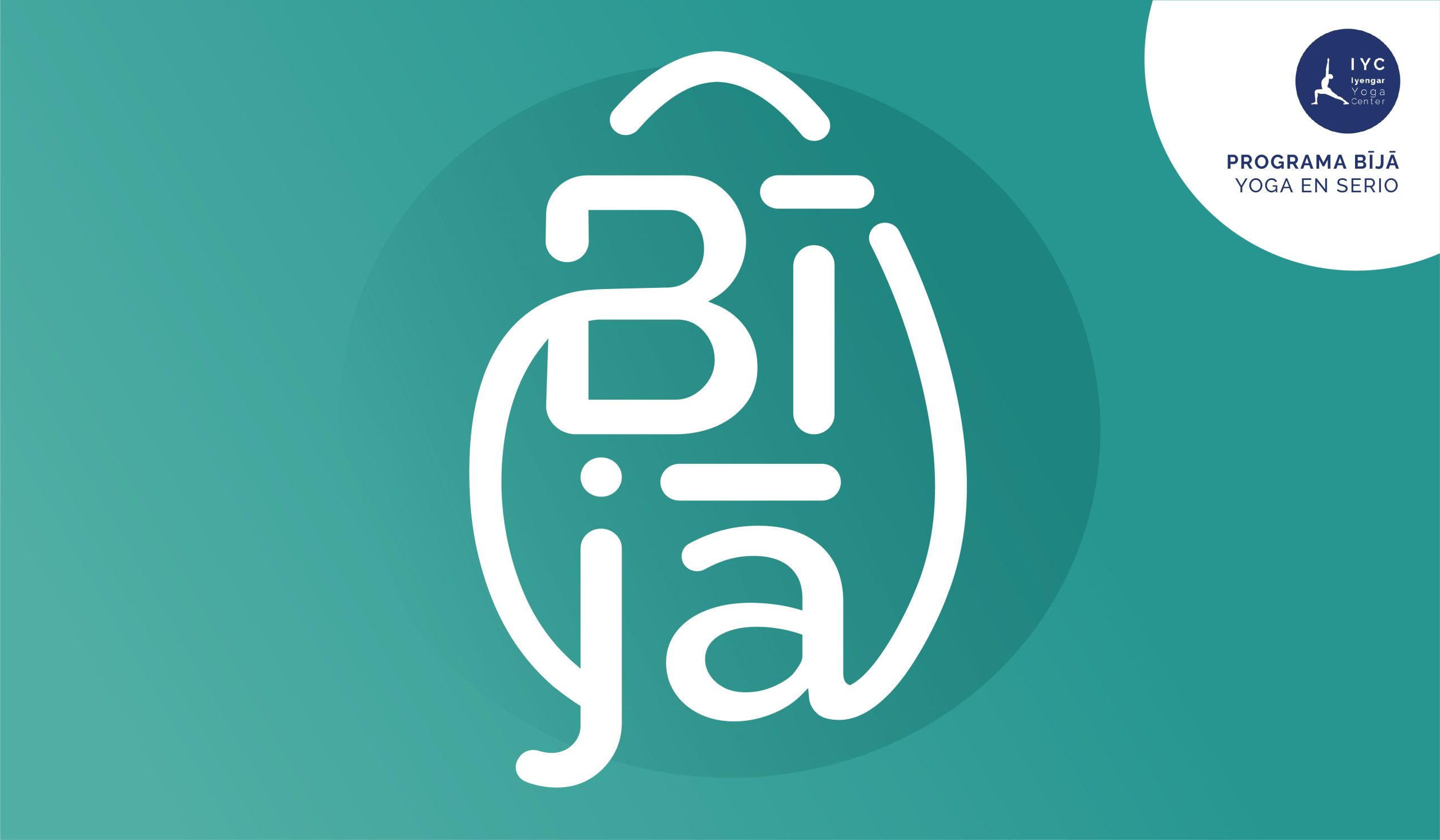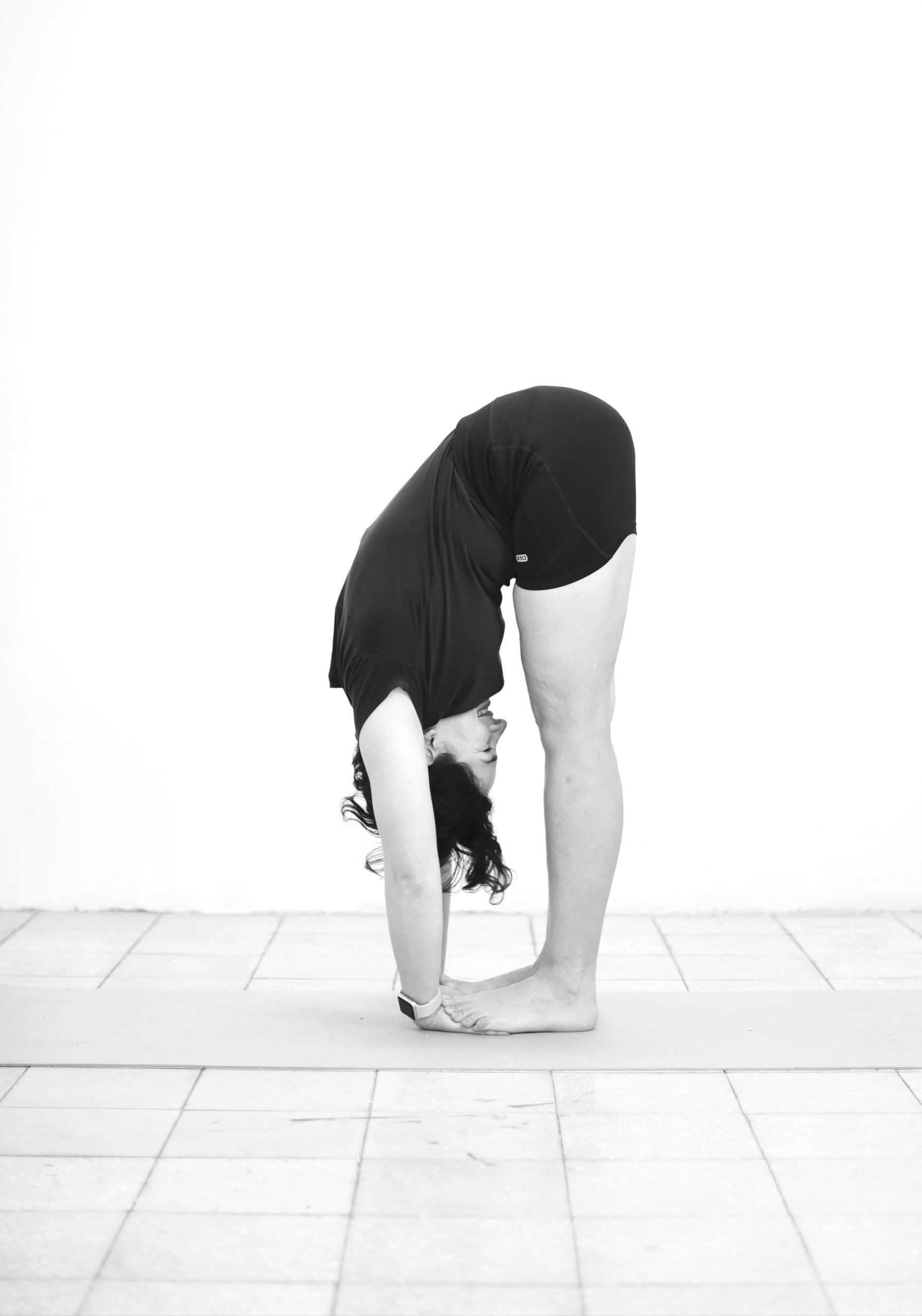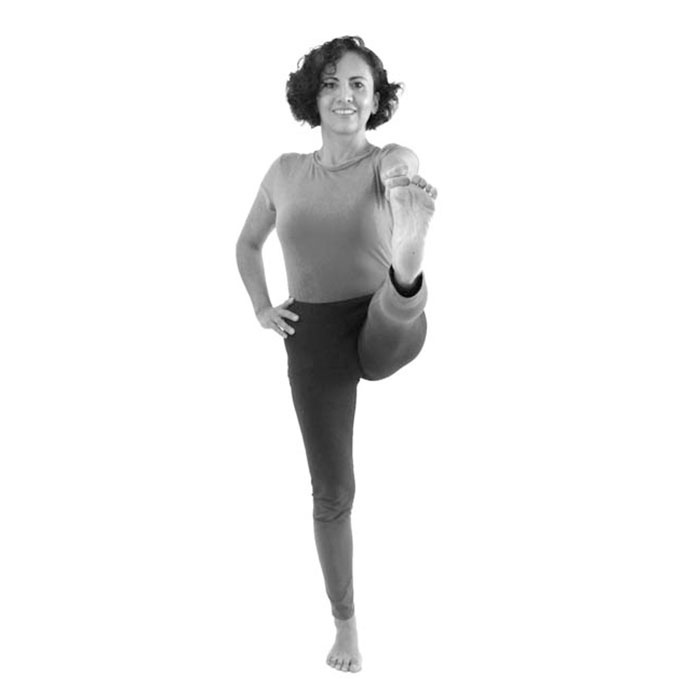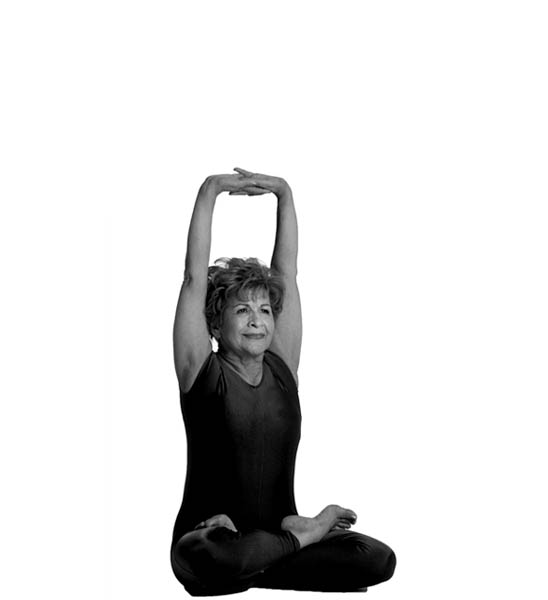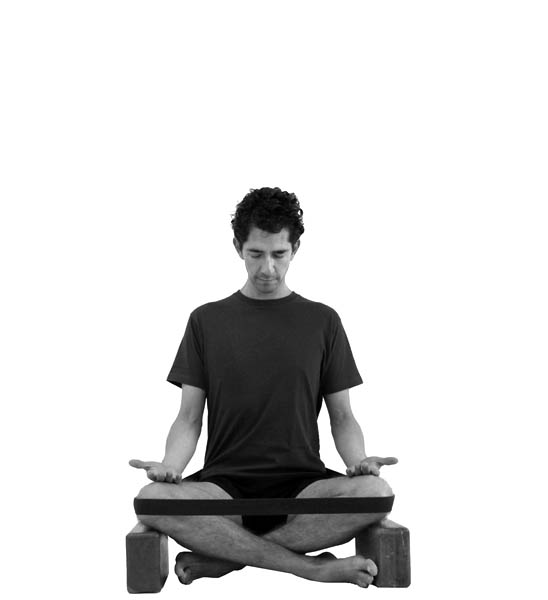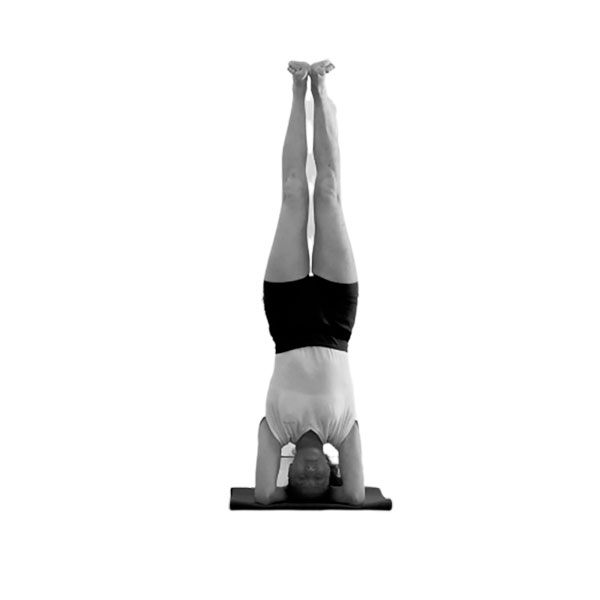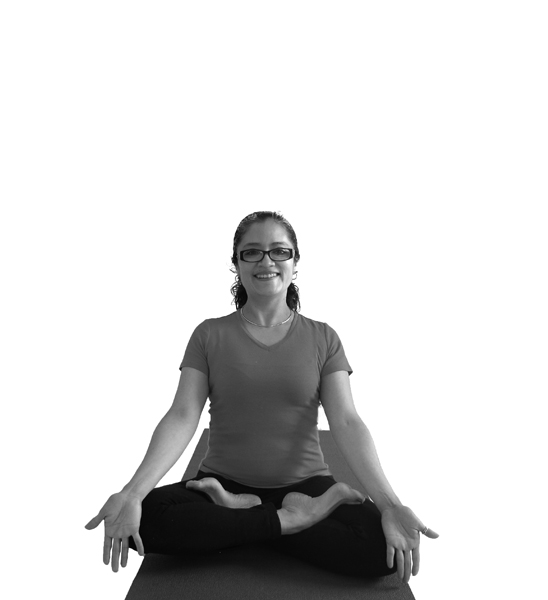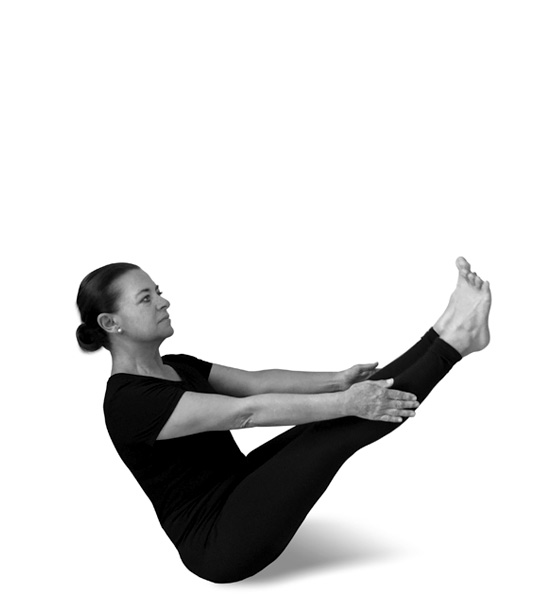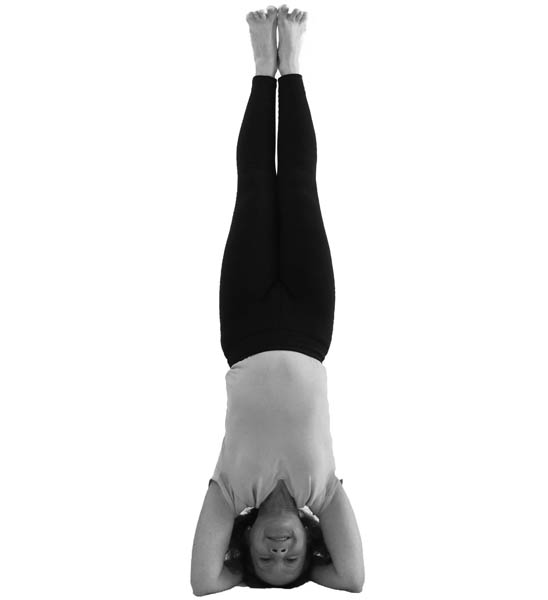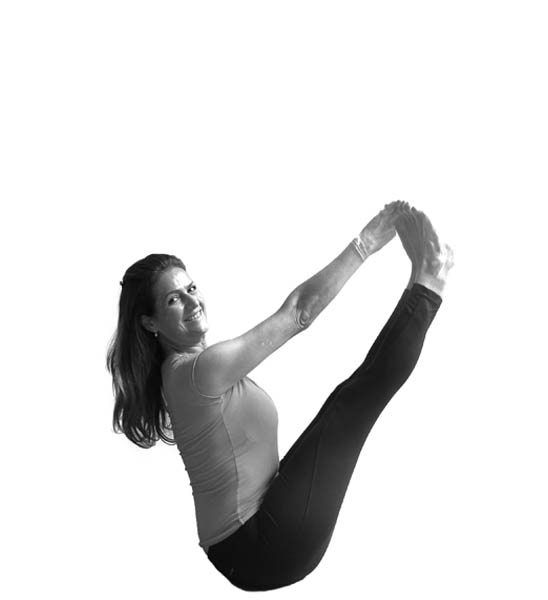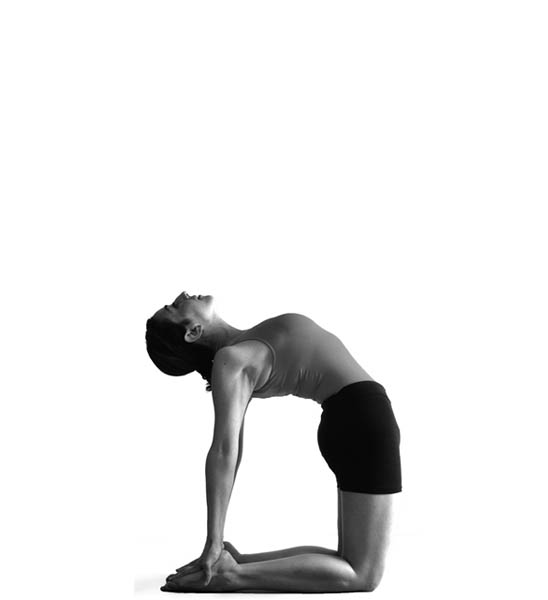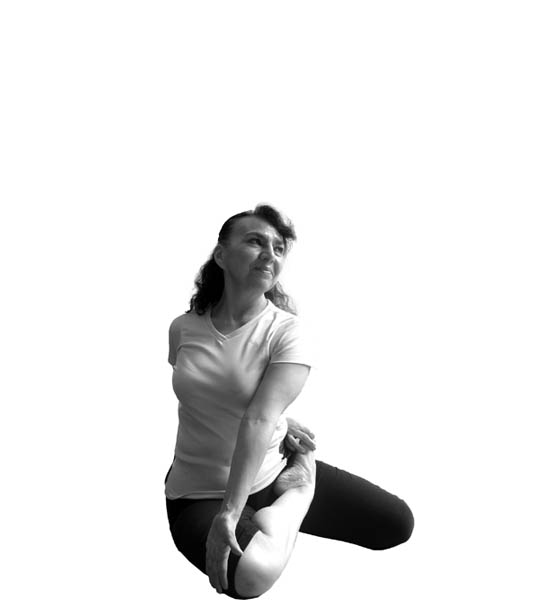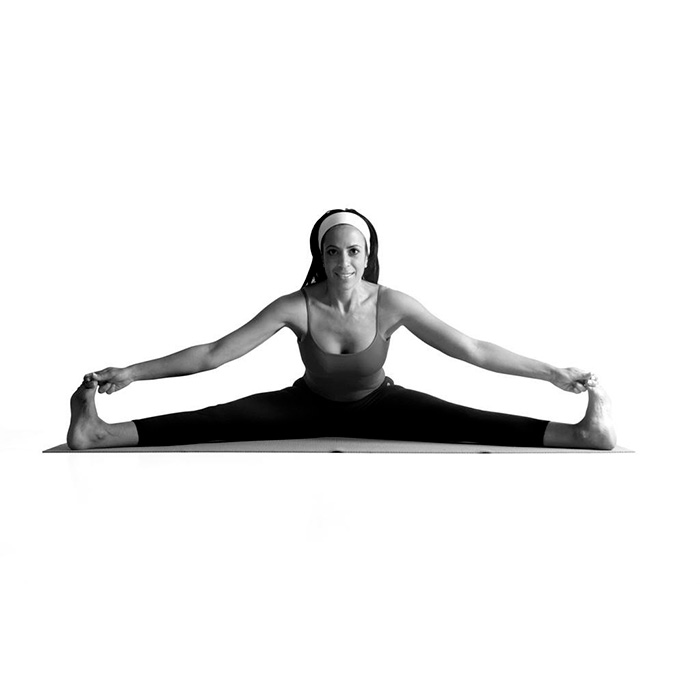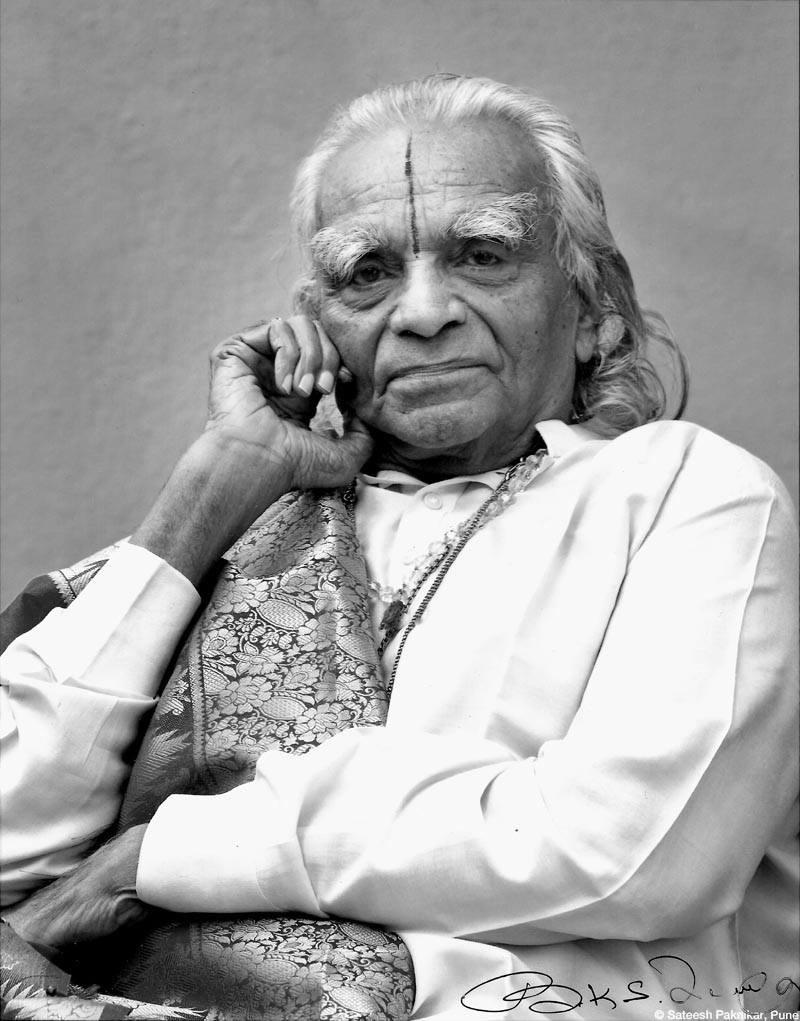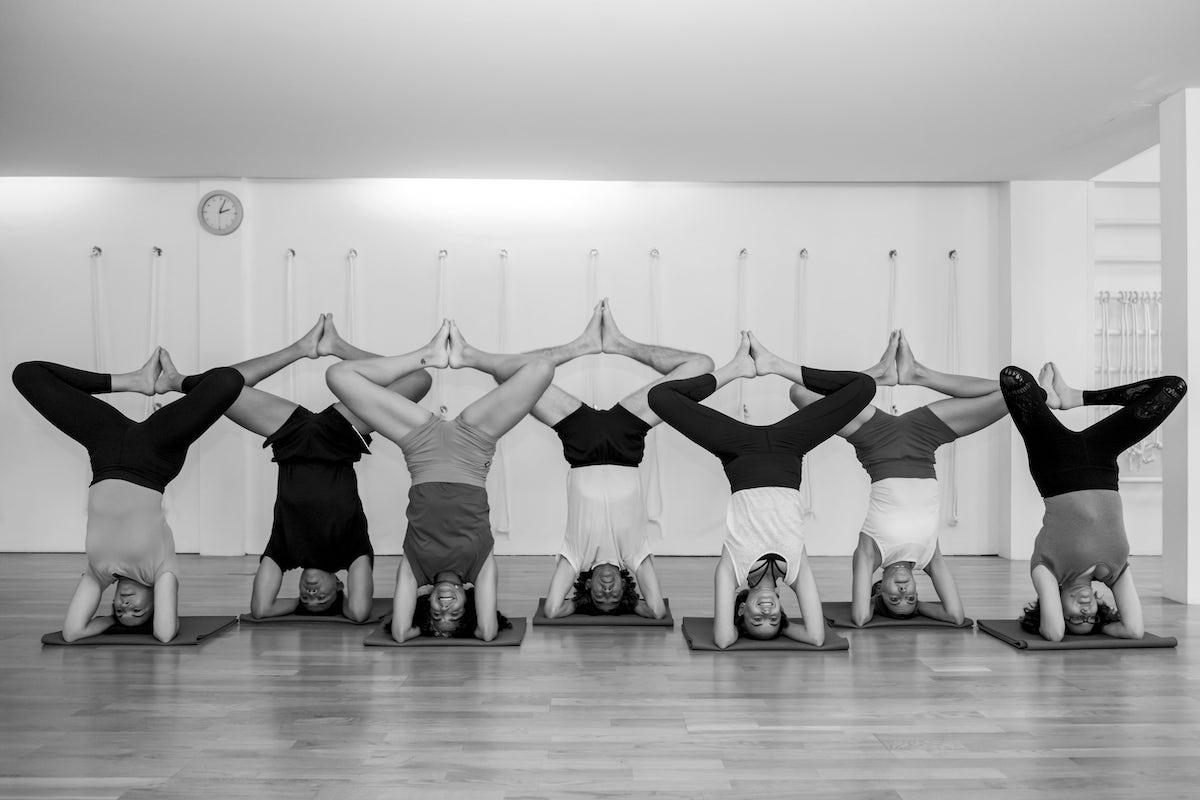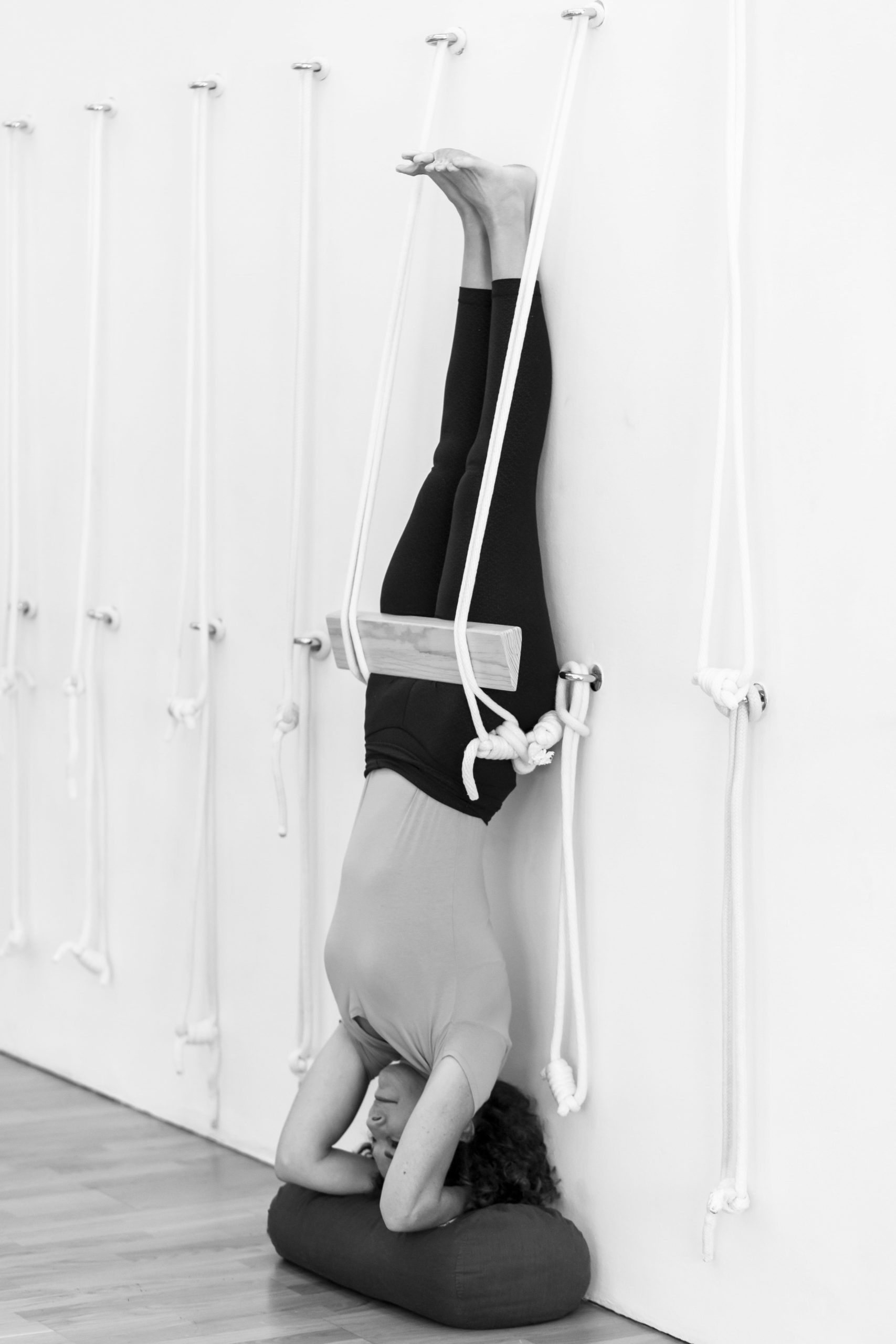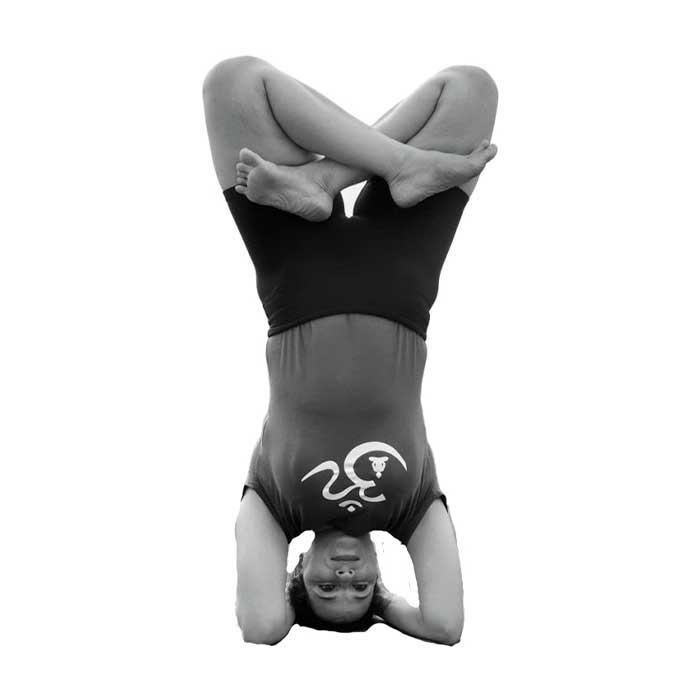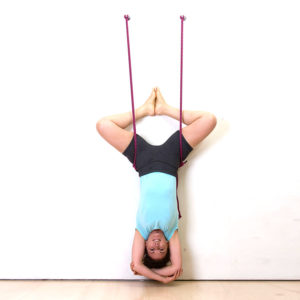
With so many styles of yoga out there, it can be hard to decide which one is best for you. Iyengar Yoga has a history with firm roots; its unique characteristics, the quality control of its teachers and the benefits it generates for health, making it one of the most accessible and favorable yoga methods for all types of people.
Give yourself the opportunity to try Iyengar Yoga and discover its benefits for your mind and body.
1- Focus on the correct anatomical alignment of the body: The emphasis on the precision of the correct alignment of the body makes each posture healthy for joints, ligaments and muscles, allowing the body to develop in harmony.
2- Accessibility through the use of props (work tools): Iyengar yoga uses props to help the student –beyond their abilities or limitations– to practice the postures (asanas) correctly. Blankets, chairs, blocks, belts, ropes and more are used to penetrate the postures more deeply and thus have greater benefits.
3- Rigorous and comprehensive certification of teachers: As a result of a minimum 5-year training (they must consolidate their knowledge before teaching), teachers can quickly recognize the needs of each student, identifying how they should teach for each one and what props must be used. Everyone is unique in life and in yoga. Teachers understand this and guide students to make their experience enriching.
4- Longer time in the postures: Higher levels of strength, flexibility, sanction and awareness can be accessed when you stay longer in the asanas. During that time, students reach new levels of awareness and self-knowledge. By holding the posture longer, coupled with the teachers’ ability to adjust postures individually, Iyengar yoga provides therapeutic benefits to stiff, unstable, or injured areas.
5- Stress Relief: Yoga reduces the effects of stress on the body by providing relaxation and reducing levels of cortisol, the stress hormone. Other related benefits are lowering blood pressure, resting the heart, improving digestion, strengthening the immune system. Relieve symptoms of conditions like anxiety, depression, fatigue, asthma, and insomnia. In Iyengar Yoga we use blankets, cushions, weights, etc. that allow us to enter deeper states of relaxation.
6- Focus on the present: Yoga allows us to focus on the present, generating more awareness in the health of the body and mind. Improves coordination, the ability to react and memory.
7- Improve breathing: Yoga teaches you to take slower and deeper breaths. This helps improve the functioning of the respiratory system and trigger the relaxation response in the body.
8- Flexibility: Yoga improves flexibility and mobility, increasing the range of movement of muscles and joints within the anatomically correct range, relieving pain and discomfort caused by stiffness. The use of tools allows you to work more intensely but with the correct alignment, avoiding injuries.
9- Improves circulation: The postures move oxygenated blood throughout the body efficiently and help eliminate toxins accumulated in the different tissues of the body. The effect of holding the postures goes beyond strengthening bones and muscles, improving circulation in the organs, the different systems of the human body and helping them to work properly.
10- Cardiovascular conditioning: Even soft yoga classes generate cardiovascular benefits, lowering the heart rate, increasing endurance and improving oxygenation during exercise.
